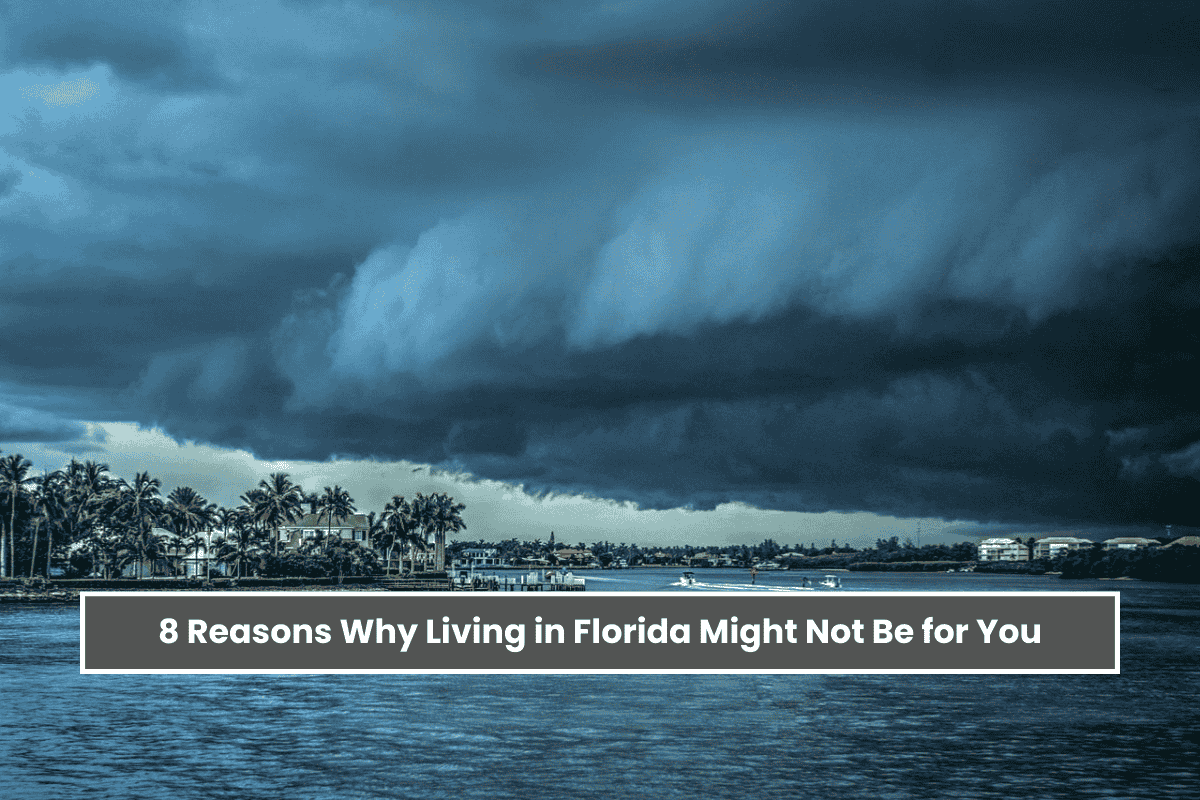Wildfires have engulfed parts of western North Carolina, which are still recovering from the devastating floods caused by Hurricane Helene in September.
Firefighters converged on rural Polk County to battle at least three fires that have scorched over 5,700 acres, destroyed at least three homes and numerous other structures, and necessitated evacuations. Helene’s regional impacts have hampered the fire response effort, with debris remaining in forests and on some roads.
“I’m concerned about the wildfires in Polk County, where people are already struggling due to Mother Nature,” said Gov. Josh Stein in a social media post. Stein urged residents to pay attention to emergency alerts and follow evacuation orders “if you need to leave your homes.”
The two largest fires in Polk County’s Black Cove Complex have burned more than 5,500 acres and are 0% contained as of late Monday, according to the state Forest Service. Both have been burning since Wednesday and advanced Monday, despite the efforts of 263 firefighters from North Carolina and eight other states.
“The Black Cove Fire is moving into Henderson County along Big Hungry Creek Road, where firefighters are attempting to slow the spread of the fire and protect structures,” according to a Forest Service update issued late Monday afternoon.
Dry conditions, which have persisted in the area for weeks, are expected overnight and later this week, with windy conditions on Tuesday and Wednesday. The National Weather Service has designated large sections of North and South Carolina as “elevated fire risk” in recent weeks due to high winds, low humidity, and a lack of rainfall.
“Fires broke out in many areas of the state this weekend. A statewide burning ban (is) in effect. “Do not burn outside at all,” the state emergency management agency warned in a social media post.
Earlier, the agency urged people to leave evacuation zones quickly as visibility could be reduced, evacuation routes blocked, and residents “trapped, injured, or killed.”
Earlier this month, the National Hurricane Center issued a summary report on Hurricane Helene, revealing that it killed 248 people, including 106 in North Carolina. The storm caused an estimated $78.7 billion in damage, more than half of which occurred in North Carolina.
The Asheville Citizen-Times, part of the USA TODAY Network, reported that local authorities have issued evacuation orders for residents because weather conditions are expected to be dry and windy later this week. Polk County has issued 165 evacuation orders, with Henderson County issuing 29.
According to National Weather Service meteorologist Clay Chaney, wind gusts of up to 30 mph are expected on Tuesday, with higher gusts on ridge tops.
Residents in several counties were warned of smoky conditions, as the wildfires impacted the region’s air quality.
The North Carolina Department of Environmental Quality extended Code Orange alerts for Henderson, Transylvania, and Rutherford counties until midnight on Monday. According to officials, older adults, children, and people with heart or lung disease may suffer health consequences.
Polk County remained under a Code Red alert for air quality on Monday, indicating that exposure to the air could be harmful to anyone.
Residents in the area were advised to limit prolonged or strenuous outdoor activity, and those who are sensitive to air pollution, such as children, the elderly, and people with asthma, should avoid outdoor activity.
Last week, the North Carolina Department of Agriculture and Consumer Services declared a statewide burn ban “due to hazardous forest fire conditions.”
Governor Henry McMaster of South Carolina proclaimed a state of emergency to ensure that firefighters have the resources they need to attack the Table Rock Fire in the Blue Ridge Mountains. The state received a FEMA grant to help pay the price of more fire crews, air tankers, and other equipment, McMasters said Monday.
“The statewide burning ban remains in effect because wildfire risks remain high across the state,” McMaster said in a statement. “Anyone who violates this ban can and will go to jail.”
According to the South Carolina Forestry Commission, the Table Rock Fire, which started on Friday, has spread to over 1,100 acres and has no containment as of Monday night. Heavy gridlock as residents escape the region has slowed response and created dangerous driving conditions.
“Heavy smoke conditions along the road have compounded difficult travel along the route,” Pickens County officials stated in a fire update. “Residents and motorists should avoid the area.”
The Persimmon Ridge Fire, a smaller blaze, was estimated to be more than 300 acres with no control, the South Carolina Forestry Commission stated Monday night.
“The weather over the next few days remains concerning, as relative humidities are expected to remain very low, and forecasted wind speeds will still be conducive to spreading the fire,” the state’s Forestry Commission stated in a statement.
The South Carolina Forestry Commission stated that the current number of acres burned includes several hundred acres lit ablaze by wildland firefighters to remove dry growth between evacuated residential zones and active wildfires.
“The burnout, which is still in progress, is being deemed successful in removing said fuels,” the South Carolina Forestry Commission stated.















